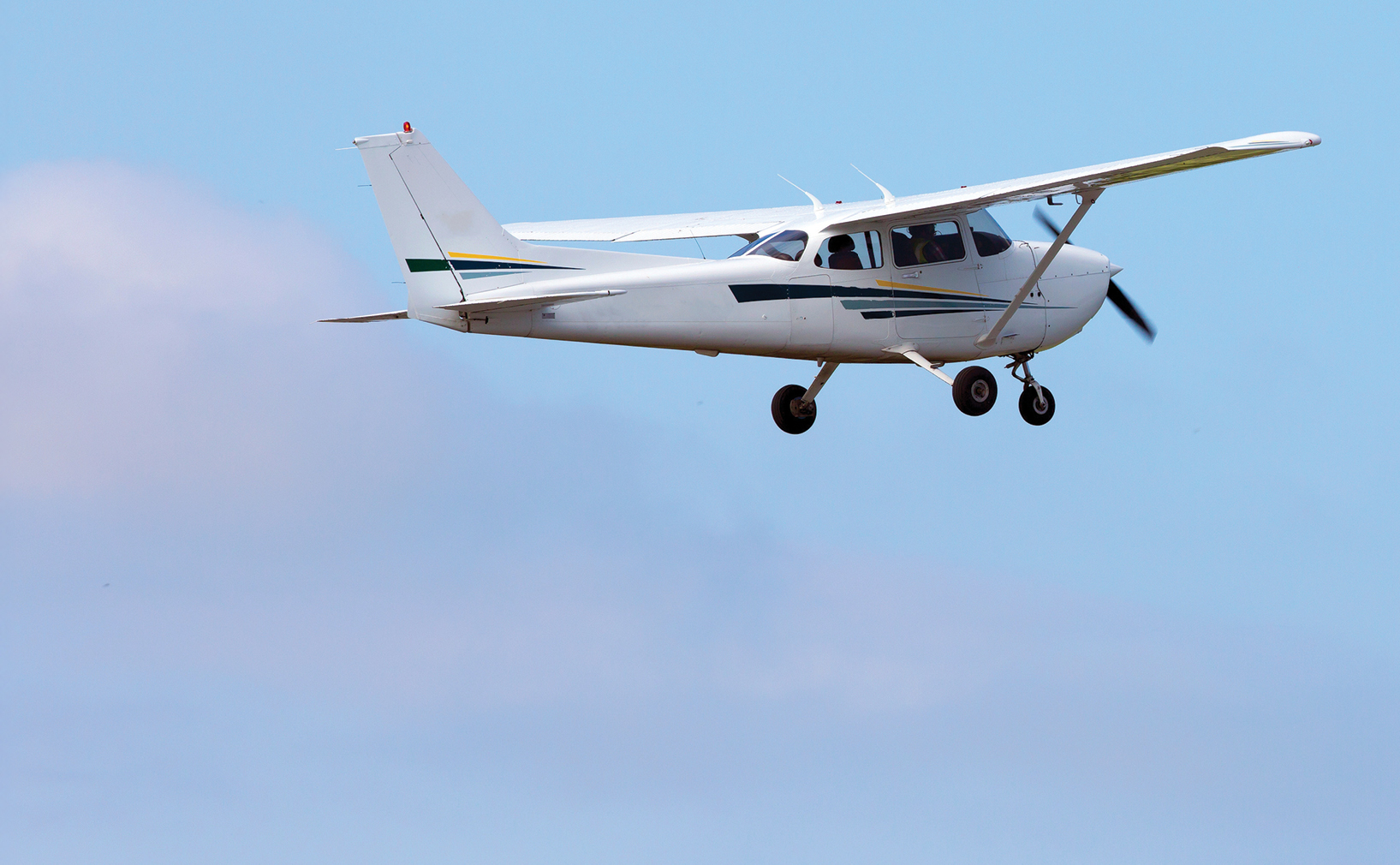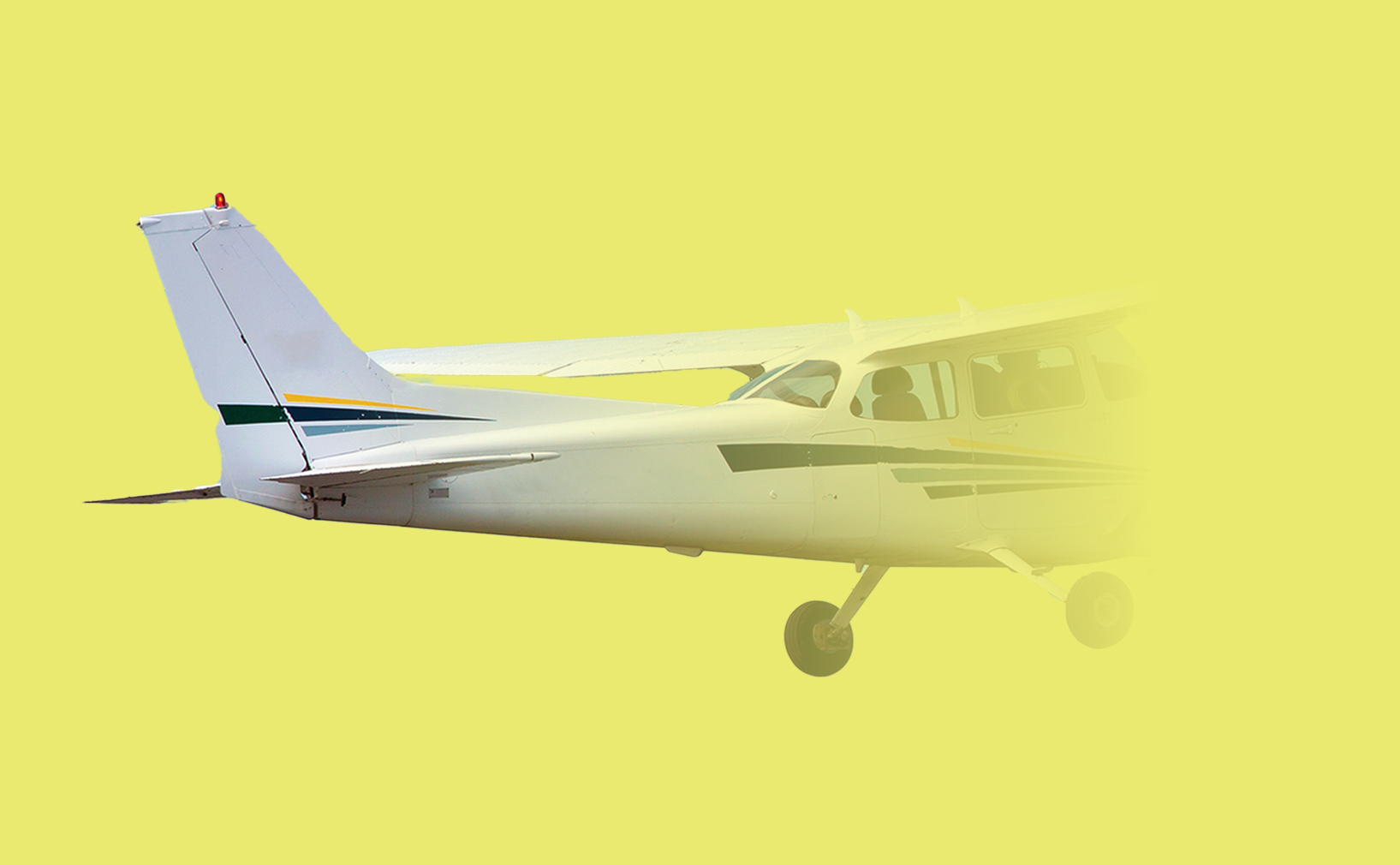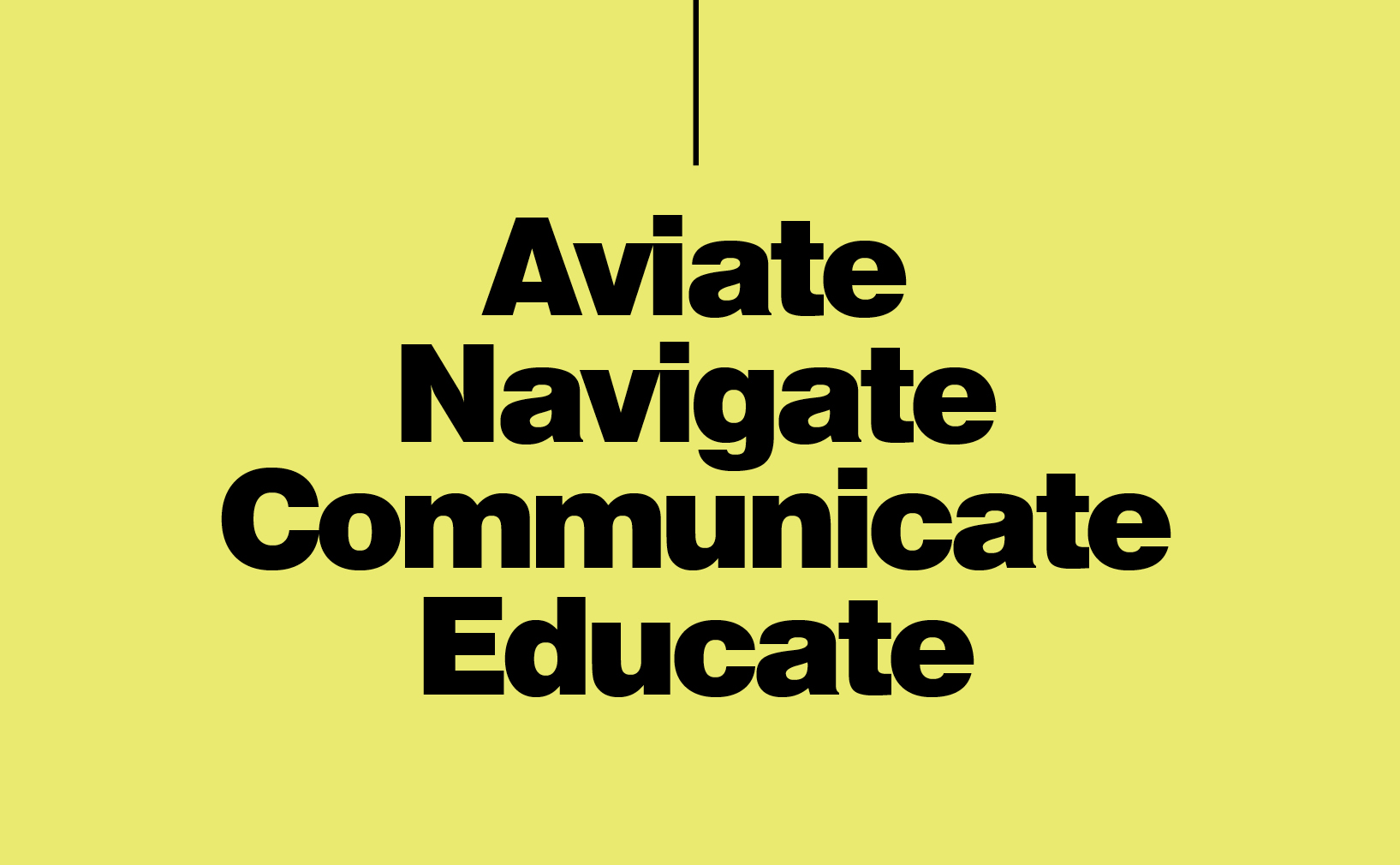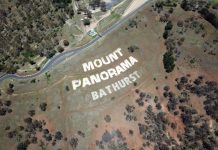Kreisha Ballantyne takes a look at the effectiveness of aviation safety awareness campaigns in Australia and overseas.
Some days the news seems too awful to take in. For general aviation (GA) and sport aviation, 2023 was like that every few months: 2 helicopters collide, a couple and their unborn baby are wiped out, 2 aircraft collide over a Queensland runway, an aircraft flown by an experienced pilot falls from 9,000 feet, killing him and 3 of his grandchildren, a father and son die after a wirestrike. I’m not even mentioning the single fatality crashes, let alone the injuries. Is it getting worse? How and when will it ever get better?
To tackle those seemingly intractable questions, we first have to identify the sectors with the highest accident rates, analyse the reasons for the deaths and then construct strategies that directly target the deficiencies uncovered.
A mammoth task, especially when you consider the type of accident leading to fatalities doesn’t seem to have changed in decades. VFR into IMC remains a leading culprit.
Analysing the trends
Australia has more than 30,000 active licensed pilots. And each year, a significant number of safety occurrences are reported involving Australian aircraft. Research shows that, from 2010 to 2019, the majority of fatal accidents and serious incidents occurred in the general and recreational aviation sectors.
According to the Australian Transport Safety Bureau (ATSB), 222 aircraft were involved in accidents in Australia in 2019. A further 155 were involved in serious incidents.
There were 35 fatalities in 22 accidents. The number of fatalities was consistent with the average of the previous 9 years (32.3 fatalities per year). The number of fatal accidents was also consistent with its average (23.1 fatal accidents per year). No deaths have occurred in scheduled commercial air transport in Australia since 2005.
Between 2010 and 2019, around one-third of GA accidents and 45% of fatal accidents involved aircraft conducting sport and recreational flying. Aerial work accounted for a further 37% of GA accidents and 33% of fatal accidents. The number of GA accidents per year increased over the period, with aerial work identified as the primary contributor. However, there was a decrease in the number of fatal accidents, resulting in 1.4 fewer fatalities, per year.
There was also an increase in the number of reported incidents for GA aircraft conducting instructional flying.
Over the 10 years, the majority of GA accidents, incidents and serious incidents were related to operational or technical issues. Additionally, the majority of fatal accidents were also attributable to operational issues.
Further, the number of GA operational-related accidents and serious incidents, per year, increased over the period. Instructional flying was the main contributor to this operational-related increase.
Australian awareness campaigns
The Civil Aviation Safety Authority (CASA) is working closely with the ATSB, Australian Maritime Safety Authority, Airservices Australia, Bureau of Meteorology and industry bodies to improve aviation safety through the ‘Your safety is in your hands’ campaign.
The campaign encourages GA and recreational pilots to engage in ongoing education to improve pilot behaviours and thereby the safety of Australian aviation.
CASA CEO and Director of Aviation Safety, Pip Spence, says the campaign was developed with input from pilots and using ATSB occurrence data.
‘With the help from the ATSB, we’ve been able to build our campaign and safety topics based on accident and incident data,’ she says. ‘Each quarter, we will focus on a new safety topic with information and online resources available through the CASA pilot safety hub.’
The hub provides a range of resources and useful information including webinars, podcasts and videos.

‘Airservices Australia and the Bureau of Meteorology have also contributed to our campaign by providing information and resources on operating at controlled aerodromes and navigating weather and forecasting,’ Spence says.
CASA is also working with industry associations including Recreational Aviation Australia and the Australian Helicopter Industry Association to help spread the safety messages.
Research explored pilots’ attitudes towards safety information and communication preferences. Analysis of safety occurrence data identified 4 common topics contributing to negative safety outcomes. These became the primary focus of the campaign
The research confirmed pilots seek easy and engaging formats for receiving safety information. This highlighted the importance of creating a centralised location to bring together a range of safety education resources, organised according to key safety topics in formats desired by the audience.
More than half the pilots said the campaign made them think twice about some of the things they currently do when planning flights.
Aviation safety campaigns overseas
Similar to the process used in Australia, the US Federal Aviation Administration (FAA) formed a GA joint safety committee. It is a partnership between the FAA and the GA sector to improve GA through voluntary risk-reduction efforts. These focus on education, training, best practices and installing new equipment and technologies in GA aircraft. Industry members include the pilot, manufacturing, business aviation and training communities as well as academia.
The committee uses a data-driven, consensus-based approach to analyse aviation safety data and develop risk mitigations. To date, it has deployed 46 safety improvements to address situations with a high-fatality risk, such as maintaining control during unusual attitudes, spatial disorientation and engine failure
The FAA and the committee member organisations have produced educational training materials on subjects such as aircraft transition training, flight deck resource management, promoting a positive safety culture and the potentially negative effects of certain medications.
In 2007, the FAA launched the aviation safety information analysis and sharing program to further evolve safety analysis. Instead of looking at only why an accident or incident occurred, the program can discover safety concerns before they result in a significant event.
The pilot safety campaign is exploring weather in the October-December quarter.
Awareness campaigns: anyone receiving?
After the launch of the pilot safety hub, CASA commissioned market research using qualitative and quantitative methods, including conversations with pilots and surveys, to validate the findings.
The research found the main engagement with the campaign was by holders of recreational and private pilot licences with relatively low flying hours, followed by more experienced pilots (53% have flown for at least 20 years). Those most sceptical of safety awareness campaigns were highly qualified pilots; of these respondents, 39% hold commercial or air transport pilot licences and 54% have more than 20 years flying experience. They were the least likely to engage with CASA on aviation safety matters.
Since launching in 2022, the pilot safety hub has had over 42,000 users. More than 11,000 people have viewed the safety webinars and the podcasts have been downloaded 3,800 times.
The research demonstrated that the hub allows pilots to more easily find reliable, relevant and understandable information, leading to increased engagement.

They say the hub:
- makes aviation safety information easier to access (increase of 18 percentage points)
- makes aviation safety information easier to understand (increase of 19 percentage points)
- does a great job of educating pilots of the developments in aviation safety (increase of 14 percentage points).
Pilots are also engaging with aviation safety information more frequently and for longer. The proportion engaging with this information more than 4 times increased significantly, from 26% to 48%. The proportion of pilots engaging with this information for 6 to 10 hours also increased significantly, from 9% to 18%.
More than half the pilots said the campaign made them think twice about some of the things they currently do when planning flights (57%) and when they are flying (55%). Around two-thirds (64%) of pilots who saw the campaign indicated they took some sort of action after seeing it.
In conclusion, feedback on CASA’s safety awareness campaign drew the following insights:
- CASA is widely regarded as a trusted source of aviation safety information. This insight served as a foundation for the campaign strategy, emphasising the need to build upon the existing trust and enhance CASA’s image.
- Pilots expressed a desire for increased communication from CASA. Pilots felt there was room for improvement in effectively educating them about aviation safety developments. This insight highlighted the need for more proactive and engaging communication.
- When it comes to the CASA website, pilots are looking for compelling formats that are easy to access. These findings underscored the importance of streamlining access and using innovative methods to enhance engagement.
In the USA, the introduction of safety improvements, particularly around loss of control, has demonstrated a significant decline in accidents with GA accidents decreasing by 11% from 2019 to 2020, according to the NTSB.
The future of aviation safety awareness campaigns
A change in the way pilots absorb information has also been critical. Podcasts, webinars, online quizzes and videos provide an effective way to engage with pilots.
The campaign focuses on one topic each quarter. After focusing on non-controlled aerodromes in the last quarter, the pilot safety campaign is exploring weather forecasts in the October-December quarter.
Amanda Palmer, Manager Communications Branch, says this gives pilots access to dedicated weather and forecasting resources. ‘We’ve been working with the Bureau of Meteorology on an accident investigation video that highlights the importance of planning and decision-making as well as always having a plan B,’ she says.
‘We also launched the new look Out-n-Back video series that helps pilots learn the essentials of safe flying in remote locations. The original 10-part series has been crafted into 31 shorter, easy-to-watch episodes, with each exploring a different safety topic.
‘The series has been updated to include new interviews and content to reflect regulatory changes and is available as a digital publication on casa.gov.au
‘In addition to this exciting video content, we’re producing webinars with weather and forecasting experts as well as new features and close calls about weather and forecasting for Flight Safety Australia.’
The ‘Your safety is in your hands’ campaign was recognised recently at the Public Relations Institute of Australia Golden Target Awards, Australia’s longest running and most prestigious public relations and communications industry awards. 
Each quarter, we will focus on a new safety topic with information and online resources available through the CASA pilot safety hub.





Comments are closed.